We would like to start with a warm welcome to our new lab members.
Giovanni, our new post doc, he joined our team to work on VPDrought experience at the beginning of April. He is from Venice and these are his words describing his experience in the research field: “my research interests focus on plant anatomical adaptations and how different stresses affect plant physiology, with a particular attention on plant water relations and carbon economy. In particular, I’m interested on drought stress, how it modifies plant behavior and when (at which thresholds) it induces final plant death. During my PhD at INRAE (France), I studied how a vascular disease in combination with drought interact during grapevine dieback. In my previous postdoc at Naturalis Biodiversity Center (The Netherlands) I investigated how root pressure might help tomatoes recovering from drought. Now, I am involved in the VPDrought project in the Pfynwald forest, investigating the physiological consequences of coupled soil and atmospheric drought.” We are very happy that Giovanni joined our lab team! Good luck with your next adventures in Pfynwald!
Mathieu is our new civilist, he has completed his bachelor degree at the department of Geoscience at the university of Lausanne. He will stay with us for 2 months and join all the fieldwork. It’s great to have you among us! Thank you for your help and support!
Thibaut is finally back from his PhD mobility in Tasmania! He came back with an enriched scientific and cultural baggage! We are happy to have you back here.
Margaux instead has left our lab to join CREAF in Barcelona! After a full and rich experience at WSL, she left southwards to a more Mediterranean environment. We all wish the best for you and your career as a scientist.
Updates about current experiences, fieldwork and infrastructures
At the beginning of May, the VPDrought infrastructures have been mounted: the roofs for the drought treatment as well as the VPD columns for the VPD treatment. In the following video you can watch our final installation.


In the polytunnels Helena is progressing very well with the experience and she gave us a little insight about its current state.
They seeded 3 individuals per pot by the end of February, waited until they sprouted, and then separated the pots between control and heating treatment (+5ºc). In coordination with the master’s student Adrien Signoret and the Agroscope researcher Pierre Mariotte, they kept the plants at 70% of soil moisture. After, they removed the excess of individuals letting only one individual per plot. Hey are now waiting for the plants to reach the perfect phenological state to realize the first aboveground biomass cut, mimicking what happens in managed grasslands.
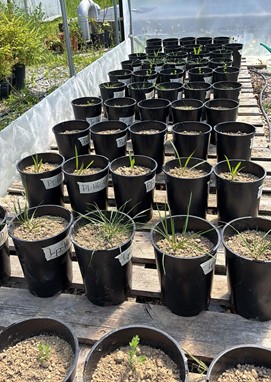
In the lab Kate has started ‘Thriple Threat(s)’, a project to assess the drought, heat and frost vulnerability of trees from the Modoek site located at WSL Birmensdorf. The Quercus pubescens and Fagus sylvatica trees at this site have undergone six years of acclimation to control, heat, drought or combined heat and drought conditions. To assess drought vulnerability, Kate takes branches back to the lab and attaches instruments to measure water stress (psychrometers) and fixes cameras to leaves and stems (pictured) which capture images continuously as the branches dry. The information from cameras and psychrometers can be used to quantify how vulnerable the water transport system (veins) of these trees is to failure due to drought, allowing comparison of drought-resistance within and among trees and treatments. Wood samples will be collected to compare wood anatomical traits between trees, and heat and frost tolerance will soon be assessed in leaves.
This experiment will help to uncover 1.) how tolerance to heat, frost and drought are influenced by long-term acclimation, 2.) how much these tolerances vary within and among trees/species and 3.) whether these tolerances covary, information which is key to predicting the impacts of climatic extremes on trees.
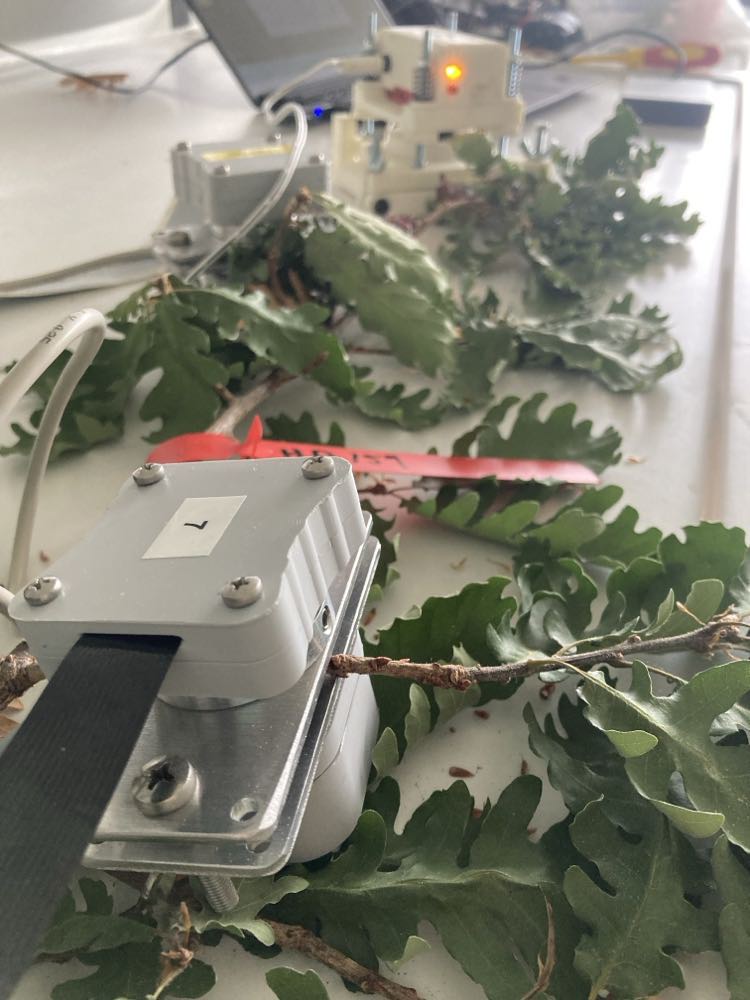
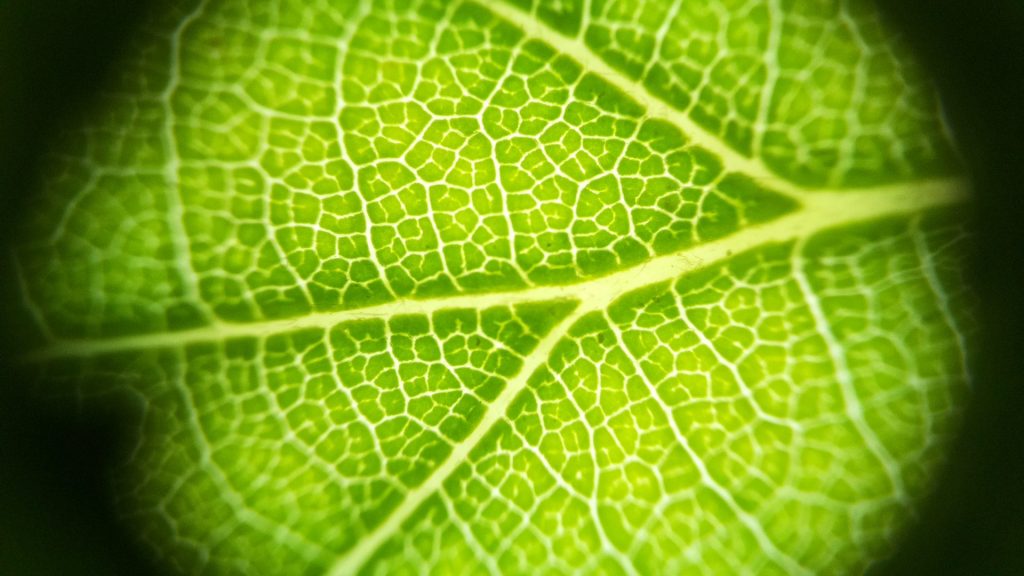
On the campus, Christoph has installed a series of sap flows sensors and two weather stations in order to track over the next 5 years how trees (in this case Quercus robur, Quercus petrea and Tilia europaea) influence the microclimate of the campus environment.
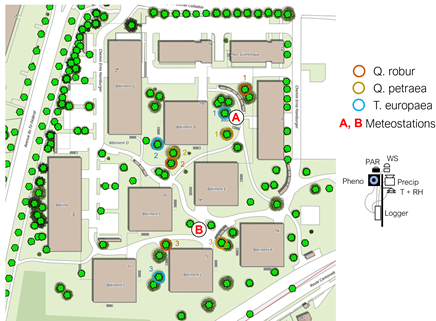
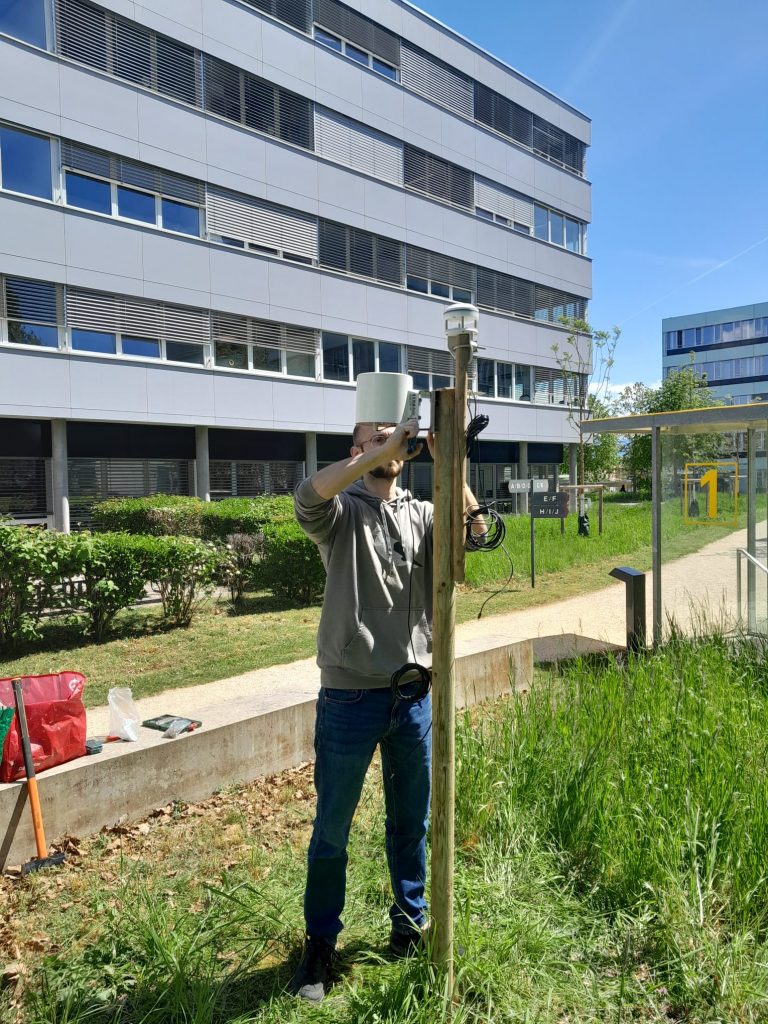
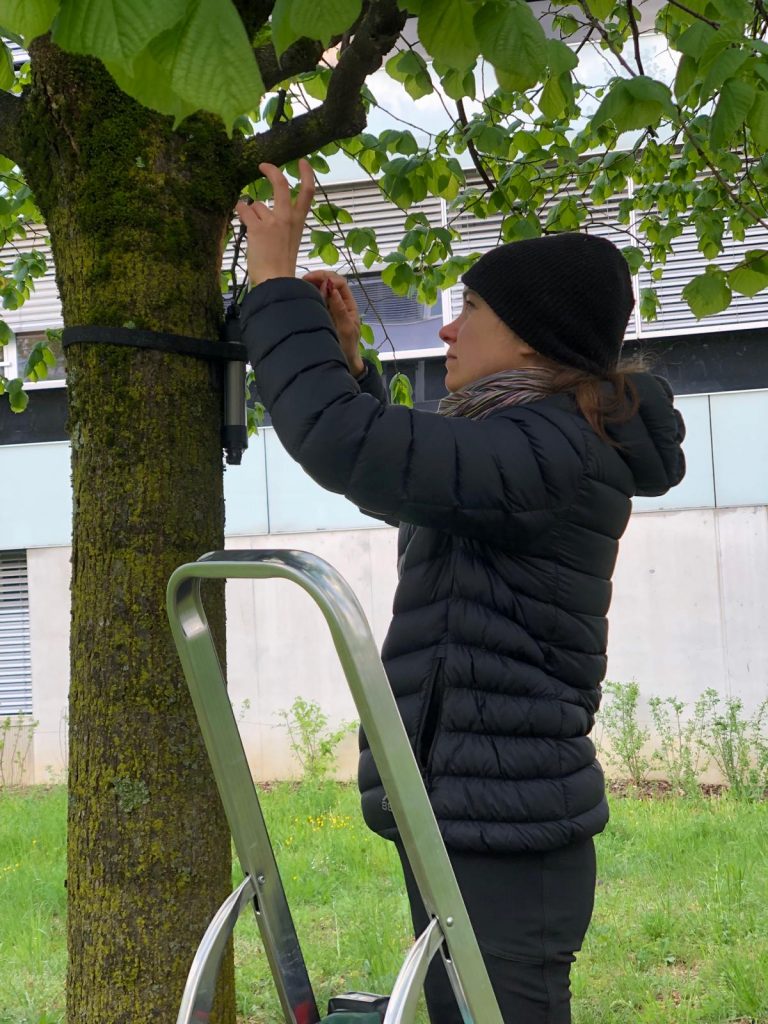
This month, Thibaut launched the last project of his Ph.D. thesis named “Dry Hard”. The goal is to compare how invasive and native plants from Southern Switzerland can resist and recover from different levels of soil droughts. Thus, potted individuals of the windmill palm (Trachycarpus fortunei) and two native species (Ilex aquifolium and Tilia cordata) are staying in greenhouses at EPFL in order to control the amount of water the plants will receive. In the next few weeks, Thibaut will measure the drought vulnerability of the three species with cameras (see picture) and also compare the photosynthetic performance of the plants before and after the droughts. The results of this project should help understand if invasive species such as the windmill palm could benefit from mild and severe droughts, or if on the contrary native plants are better prepared to withstand such extreme events.
All the fieldwork will also officially start very soon: Maxwell in Basel, Giovanni in Pfynwald, Alyssa in Modoek, Thibaut in the polytunnels as well as Helena, Christoph in the campus, Janisse in Saillon.
Good luck to you all for the next campains!







